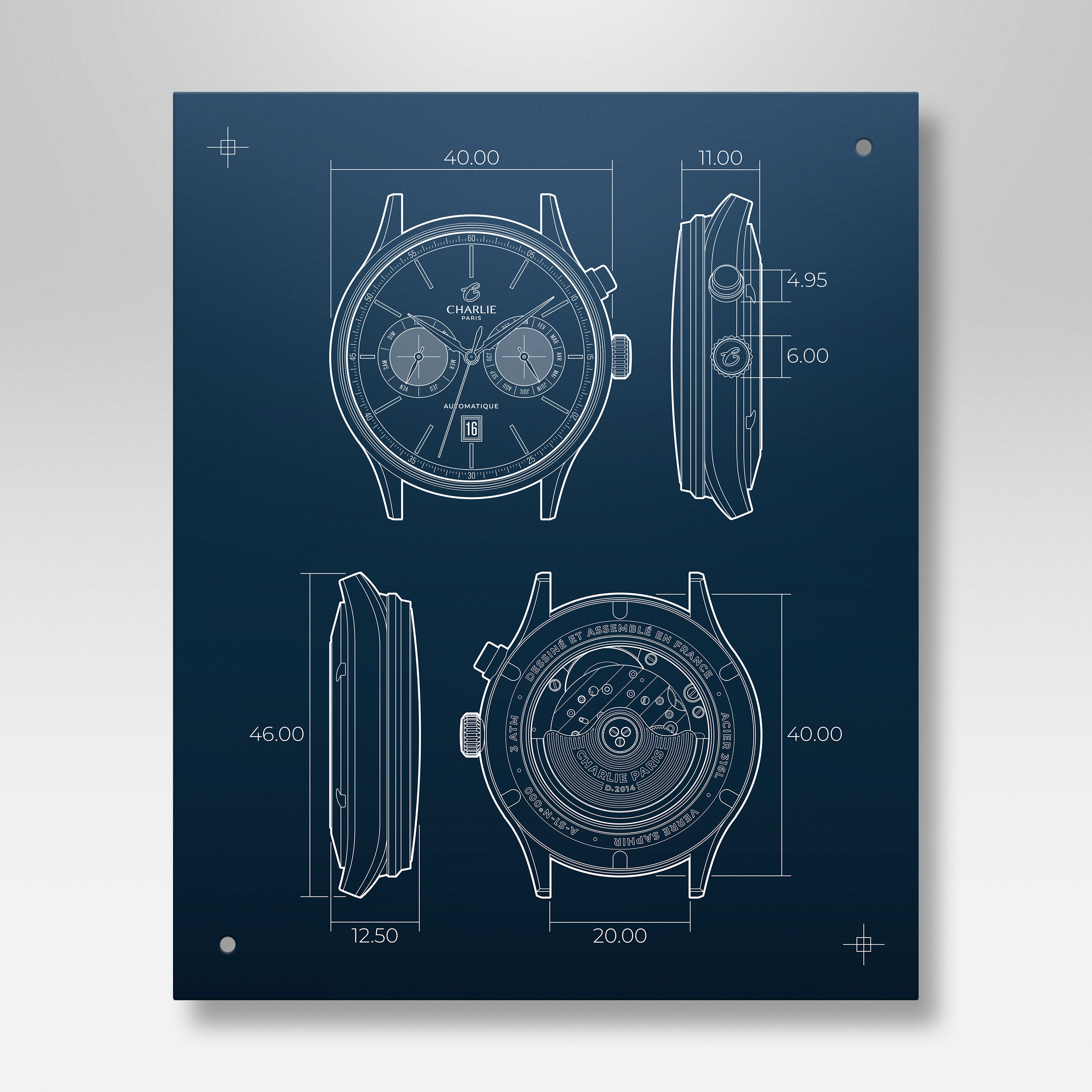
Frequency on an automatic watch, what is it?
In watchmaking, the frequency of the movement is a real asset and many brands have launched a race to increase the oscillation speed and performance of their watches. The frequency of a watch corresponds to the number of alternations made by the balance during one hour. There are two types of measurement to evaluate the frequency of an automatic movement: Hertz and the number of alternations per hour (A/h). The higher the frequency of a watch, the more precise the oscillations of the balance will be. It is the oscillations made by the automatic balance that produce the ticking of watches.
Link between the Balance and the Frequency of a watch
- The balance wheel is the regulating organ of the watch. It channels the energy received by the anchor and thus allows the hands to turn at regular and precise intervals. It is the oscillations performed by the balance wheel that allow the hands to move.
- The balance wheel receives mechanical energy through the anchor, which allows it to turn. This is the TIC that we hear. At the center of the balance wheel is a spiral that compresses as the balance wheel rotates. As it relaxes, the spiral forces the balance wheel to move backwards: this step is indicated by the TIC we hear. The oscillation is therefore the back and forth movement of the balance wheel, it is therefore composed of 2 alternations.
- The frequency is the number of oscillations that the balance will perform in 1 second. However, the frequency of an automatic watch is expressed in number of vibrations per hour or in Hertz. Thus a watch with 28,800 vibrations per hour makes 14,400 oscillations in one hour, 240 oscillations per minute and 4 oscillations per second. To express the alternation in Hz it is necessary to divide the number of oscillations per hour, by 7200. Thus a mechanical watch with a frequency of 28 800 A/h will have a frequency of 4Hz.
Relationship between frequency and precision of a watch
- The higher the frequency, in other words the more oscillations the balance wheel makes in a second, the more precise the watch will be and the more fluid the movement of the hands (especially the seconds). However, it should be noted that on some movements, a frequency that is too high may tend to wear out the movement prematurely and also reduce the autonomy of the power reserve.
- Most mechanical watches have frequencies of 21,600 A/H or 28,800 A/H, although there are watches with frequencies of up to 36,000 vibrations in an hour, or 10 vibrations in a second. On this type of movement, the rhythm of the second hand is smooth, we no longer see the increments.
- On all Charlie Paris automatic watches for men and women the frequency is 28,800A/H or 4Hz. This frequency allows our automatic watches to have a precision of about ± 20 sec.











Leave a comment
This site is protected by hCaptcha and the hCaptcha Privacy Policy and Terms of Service apply.